Learn how to teach your children to recognize their feelings, better communicate and develop the emotional intelligence they need. If you’re starting with the basics of teaching emotions, Emotions A-Z is a quick-start beginner’s course for parents, but if kids just need help communicating their feelings, then emotion picture cards can be a great tool to have around the house.
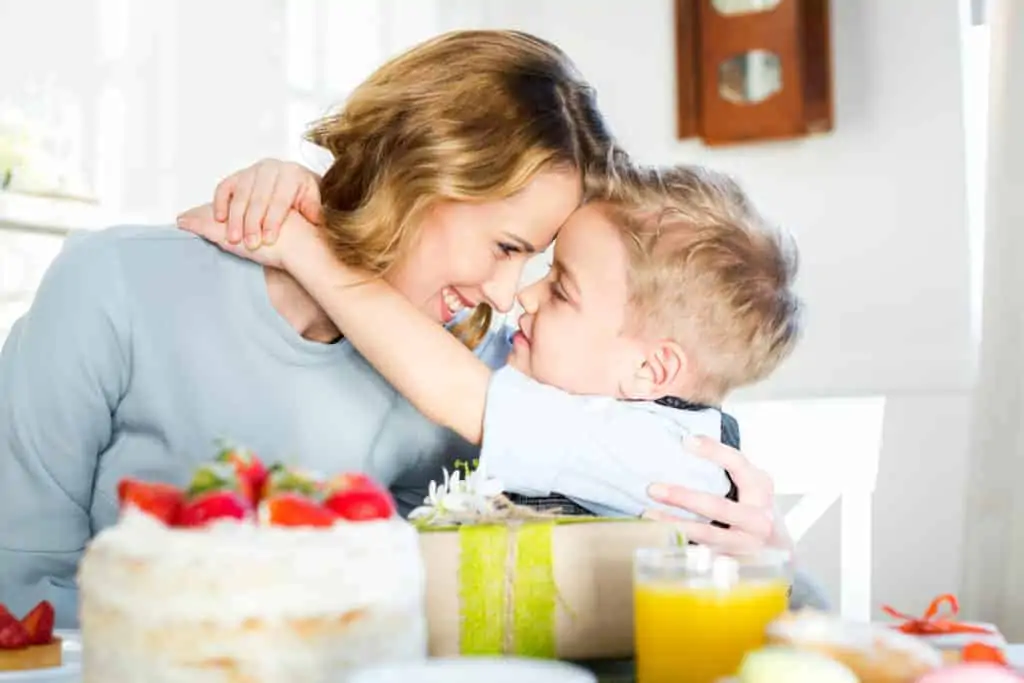
Teaching Kids Emotional Intelligence & Building Self Regulation Skills
In the early hours of the day when the kids would start bickering or throw a fit about how I poured a bowl of Cheerios instead of making oatmeal, I have the patience of Mary Poppins.
Squatting down to eye-level, I calmly respond and gently talk to them about their feelings and what caused them to react in such a big way. We’d come to a agreeable resolution and I’d pat myself on the back for fixing another “crisis.”
It may have worked the first time, and second and even the third time but by the time 4 o’lock rolled around, my patience is usually fried and I’m not the sugary sweet Mama I was at the beginning of the day.
My conversations either start or end harshly, and this doesn’t help anything except putting everyone on edge.
They go a little something like this:
“How did you feel when you hit your sister?”
“I don’t know.”
Ugh, cringe and my annoyance rising.
“Well, how did it make you feel when she started crying because YOU hit her?”
A shoulder shrug and straight to a non-remorseful shut down.
“Well, it’s not ok to make someone else feel unsafe or hurt them.”
Sometimes I like to picture little emoticons popping up over their heads so they could visually have a road map to understanding their own, and other’s feelings. And while holograms would be insanely helpful, this isn’t realistic and so I’m left with good ‘ol fashioned talking.
Want Help Supporting Your Child’s Big Emotions? Check Out These Resources:
THE MISTAKE I WAS MAKING TALKING ABOUT FEELINGS
After what felt like weeks of banging my head against the wall trying to explain what they were feeling, the sudden lightbulb moment that kids aren’t born with the innate ability to make the connection between behavior and instant emotions, hit me one night as I was staring up at the ceiling.
I woke up the next day feeling refreshed. And excited. And determined to get these big outbursts under control because my sanity was hanging in the balance.
My new approach teetered on the principle that parents are the primary teachers to helping kids forge the connections between an action and an emotion.
Before, I told my kids what they felt, but wasn’t pointing out the actions that preceded the emotion for them to make the connection between cause and reaction.
My new approach still takes a lot of patience, but the repetition of assigning a name to their feelings after we’ve first zeroed in on the action that spurred the emotion, has helped my children to be confident communicating their feelings especially when they’re upset, but also in conflicts with others.
Now I don’t have to have frustrating conversations, or have to prompt my kids to “use their words” or “name their feelings.”
The truth is, its very rare that I need to referee my kids any longer or help them communicate with other people because now they know how to do this on their own.
Now I’ve learned the art of the pause, and wait to overhear things like this:
- “It really hurts my feelings when you take my toys,”
- “I love playing dolls with you, it makes me happy,”
- “It makes me sad when you don’t want to play with me,”
- “You just hurt my feelings when you said those mean things,”
- “I made a picture at school for bebe (our son’s nickname for his little sister) because I missed her,”
- “You make me angry and sad when you tease me!”
- “I would like to play by myself for because I need alone time please.”
THE BENEFITS OF AN EMOTIONALLY INTELLIGENT CHILD
When you help to develop an child who is connected to their feelings, an emotionally intelligent child, they can recognize how they feel, communicate those feelings and find a solution to the situation – all on their own.
Young children sometimes run the scale of emotions in short bursts of time, which I know leaves me confused, drained and agitated and I’m sure it does for you too.
It’s important to remember that children, especially at a young age when big emotions and outbursts begin to present themselves, do not understand the reasons behind why they’re angry, scared, upset, sad or even happy, excited and other positive emotions.
They have no clue where their feelings come from and what they mean but big emotions can be scary and often incite bigger, stronger emotions because they don’t understand them – yet.
Adults can help their children identify emotions, name feelings, help them to understand the cause and effect relationship between the two, as well as how to communicate emotions.
Effective communication can cut down on tantrums, outbursts and mismatched playing between friends.
When kids learn to be comfortable talking about feelings and naming their emotions, these abilities will make them better communicators in school, business, marriage and in life. It also gives them perspective to other people’s feelings and plights, enforcing an empathetic drive to connect with others.
HOW DO I TEACH FEELINGS TO MY KIDS?
You may be asking yourself, how do I help my kids understand all the emotions they feel?
There are four main ways you incorporate into your everyday life that will teach your kids how to be in touch with feelings. It involves being open to communicating your own feelings, because children learn the most from the behavior that is taught to them from their parents.
My favorite tools are emotion picture cards which are a simple tool to help kids identify emotions and build emotional intelligence.
Try the Emotions Identification Bundle to help support your child in learning, naming, and communicating their feelings and deep dive into what’s going on, on the inside.
MODEL BEHAVIOR FOR YOUR KIDS
If you want your children to be comfortable talking about their feelings, you need to show your children how to do this.
Name your feelings and open up to talk about what you’re feeling in various situations.
Your children cannot learn to recognize and embrace their own feelings if you do not show them you are vulnerable enough to do this and create a supportive environment of this form of communication.
When children see their parents being open and honest, this creates a home there they feel comfortable and safe talking about their own feelings.
If you are unable to recognize and talk about your own feelings and actions, your children will learn that acknowledging their own isn’t acceptable and will lock away those emotions until eventually the flood of feelings finally is too much to hold in.
How can you talk about feelings for your children? Here is an example how to make feelings part of your everyday conversations.
- One morning, as you’re rushing to get out the door on time, I couldn’t find my keys. My children watched me become agitated, impatient, frustrated and angry until I finally found them in a pocket of a coat. Once I got everyone into the car, I took a deep breath, apologized and named my feelings so they made the connection between my behavior and my feelings.
- “When I couldn’t find my keys, I was worried we were going to be late. I was frustrated that I didn’t put them on the key holder where I can always find them and I was angry at myself for doing that.”
- I know that If I get the point in a day where my trigger points are being pushed – my kids aren’t listening or they’re constantly bickering, I am stressed by a work deadline, I may react by yelling. Once I calm down I will immediately stop what I’m doing to apologize.
- When I apologize about yelling, I explain what caused me to loose my temper so they understand how my reaction is tied to my feelings.
- For example, I might say, “ I’m sorry I got so frustrated that I yelled. Mommy is really overwhelmed with work right now and I want to be playing with you instead of working on my computer. I’m upset I can’t get my work done faster because I know you want to play with me too.”
Talking about feelings isn’t limited to sad or negative feelings. Be sure you share positive emotions such as being happy, excited, proud, and feeling love.
When I see my children being kind and helping others, I will tell them “I saw you help your friend pick up the mess they dropped. I’m really proud of the kind and thoughtful boy you are.”
I intentionally tie the way I feel to my child, which is a mechanism to boost his confidence when I share that his actions make me proud and happy.
Parents who model emotional health by sharing their feelings – are teaching children how to correctly identify what they feel inside themselves.
The bottom-line is that if you build an positive home and environment where your child feels safe, accepted and unconditionally loved, they will feel safe sharing things with you.
NAME YOUR FEELINGS
Children’s emotions can feel like little natural disasters sometimes. They appear out of nowhere but there is also a root cause to them.
As a parent, help your children name their emotions by connecting the dots between cause and effect. For example:
- “You seem very upset that you cannot open that container. I understand that you’re frustrated. Would you like help?”
- “I know you’re sad to leave the playground. You had so much fun playing on the swings and leaving makes you sad. I understand.”
- “I see that your feelings are hurt because your brother doesn’t want to share his toy right now. Is there another toy you’d like to play until he’s done?”
Talk about what you saw that led them to react the way they did and then ask for their input. While this may be the reaction you saw, they may be feeling something else.
You son could have hurt feelings instead of being angry when they hit their younger sibling. Encourage input instead of a one-sided conversation so that if you have incorrectly named the emotion, they can open up about the true source of feelings.
PROMPT YOUR KIDS TO SHARE THEIR FEELINGS
As children develop an understanding of their feelings, use prompts to ask them how they feel so they are in the habit of recognizing emotions and talking about them.
For example:
- How did it make you feel when Sally said she didn’t want to play with you on the playground?
- What are you feeling now that you’ve learned how to ride your bike without training wheels?
- How does it make you feel when someone gives you a compliment? When you give someone else a compliment?
- When your sister took your toy, how did that make you feel?If you have no knowledge or have not seen something that caused the emotional reaction, but your child’s body language and temperament seem off, a simple, “Do you want to talk about it” can open up a conversation.
Sometimes however children need time to process emotions on their own such as with sadness or hurt. The time your children require to process their feelings is a sign of maturity.
Be respectful of the space they ask for and know that at one point, your children will come to you when they’re ready to talk. You must give them the respect they need while they process their feelings.
When kids have a hard time describing their feelings, they can use emotion picture cards to help express to an adult or caretaker what’s going on.
USE CALM DOWN CARDS TO BUILD SELF REGULATION SKILLS
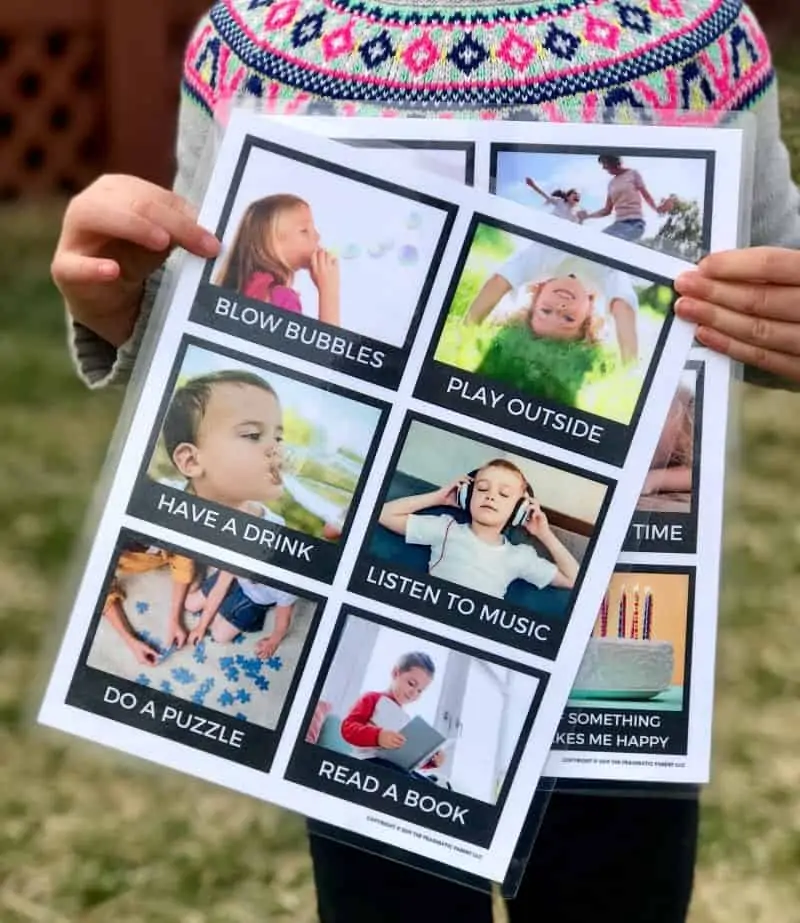
Print this set of calm down cards, laminate if you can, and let your child shuffle through the 45 cards until they find a solution they’re comfortable with.
There are 45 kid-tested methods that will help them cool off when big emotions take hold!
The best part?
With consistent practice of using the calm down card set, kids will turn to their set of calm down cards without any prompting from an adult and begin to self-manage their big feelings all on their own!
Find help with the Calm Down Toolkit with self-regulatory techniques kids can choose from including mindful breathing patterns, affirmations and more.
NON-JUDGMENTAL REACTIONS ARE NECESSARY TO BUILDING TRUST
When you create a safe, loving and accepted environment for your children to open up to you about their emotions, a crucial part of the process will be for the adult to learn to listen and react in a non-judgmental way.
Be respectful of your child welcoming you into the depths of their soul by being empathetic, sincere and honest.
Empathize and be respectful of your child’s feelings, and help them find the positive in their choice to communicate their feelings.
One way to do this is to share your own story about how talking about your feelings made you feel better or spurred on a positive reaction.
- For example, “I may get mad at Daddy for not coming home on time for dinner, but when I tell him that it hurts my feelings he missed dinner, he makes a bigger effort to leave the office on time for dinner.”
- Sharing stories about how something good came from talking about feelings when something bothers you, helps your child learn the power of honest communication.
RECAP…
- Parents should talk about their own feelings – both ranges from joyous to painful emotions to help spur emotional intelligence in their children.
- Name your child’s emotions using cause (scenario) and affect (feelings & reactions) relationships.Prompt your child to open up about their feelings by asking how they feel.
- Provide emotional support with non-judgmental reactions; help them find the positive in the situation
More Big Emotional Resources:
- 5 Grounding Techniques for Anxiety & Big Worries in Kids
- Teaching Feelings & 6 Steps to Help Kids Express Their Emotions
- 5-Steps to Control Your Anger with Kids & Stay Calm
- Create a Quiet Spot at Home For Your Child to Calm Down
- Helping Kids with Transitions: Switching Gears without Tears
- Navigating the After-School Meltdown: How to Help Your Child
- 6 Ways to Help Children Identify & Express Their Emotions
- Help Your Children Understand Emotions and Develop the Emotional Intelligence They Need
Want even more?
Shop All Parenting Resources
Shop all of our parenting resources from self-regulation tools and managing big emotions to building self esteem and confidence. There are resources for all seasons of life!
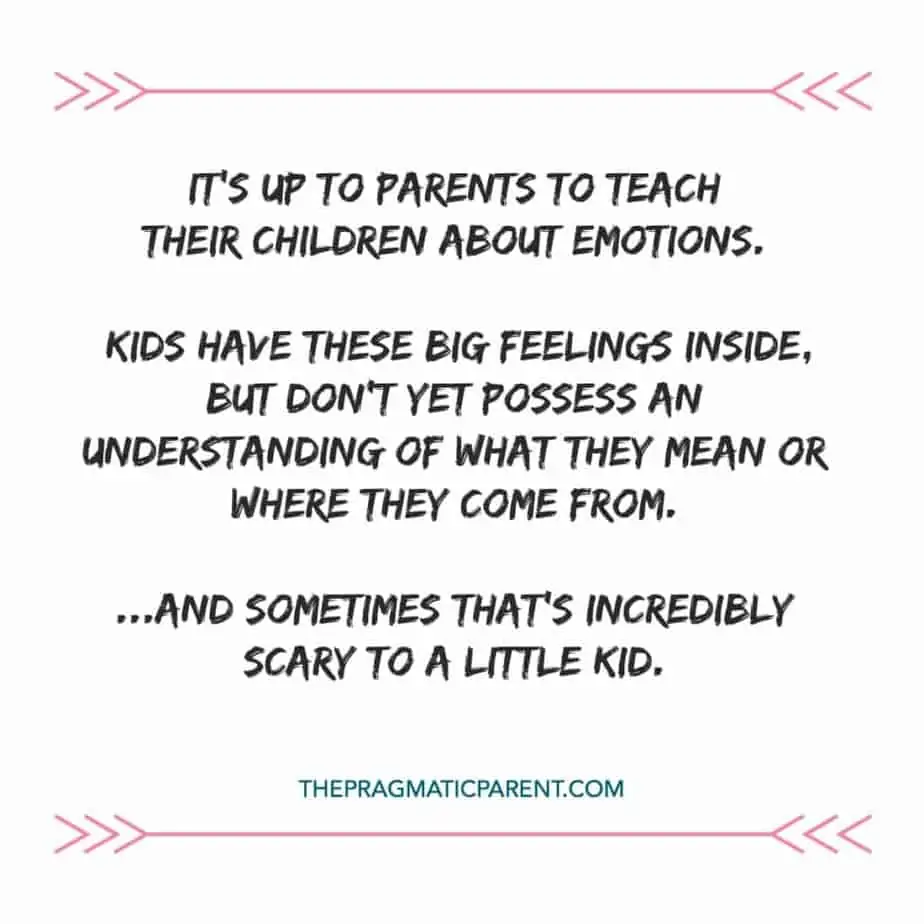
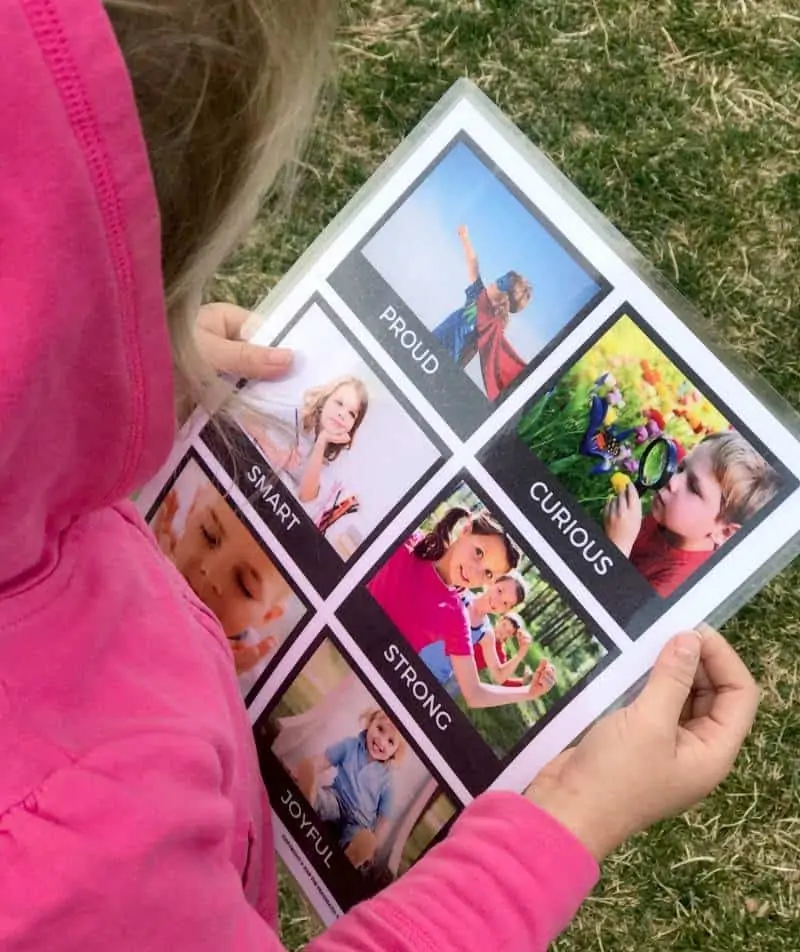
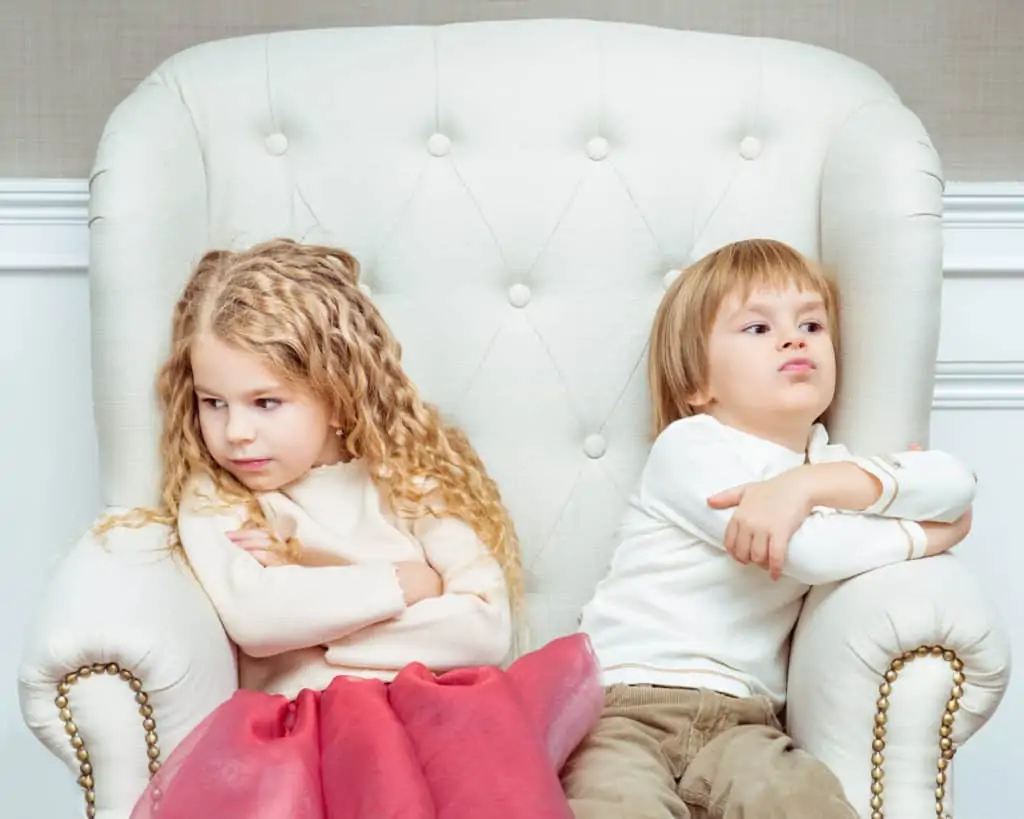
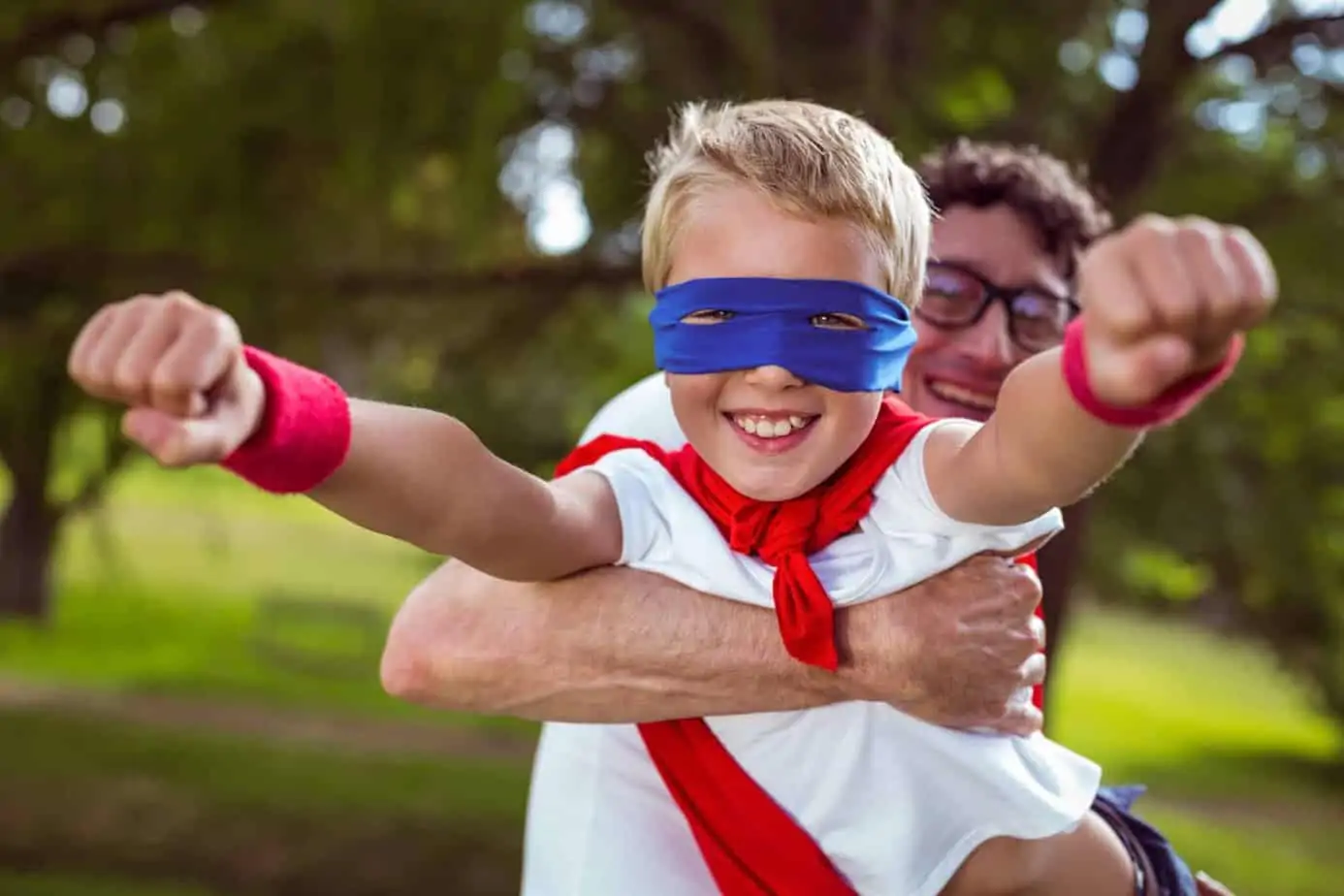
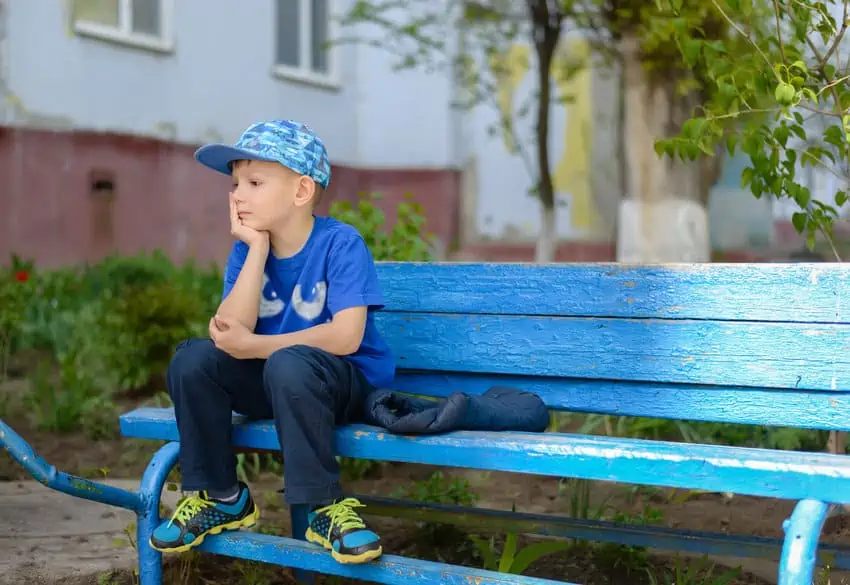
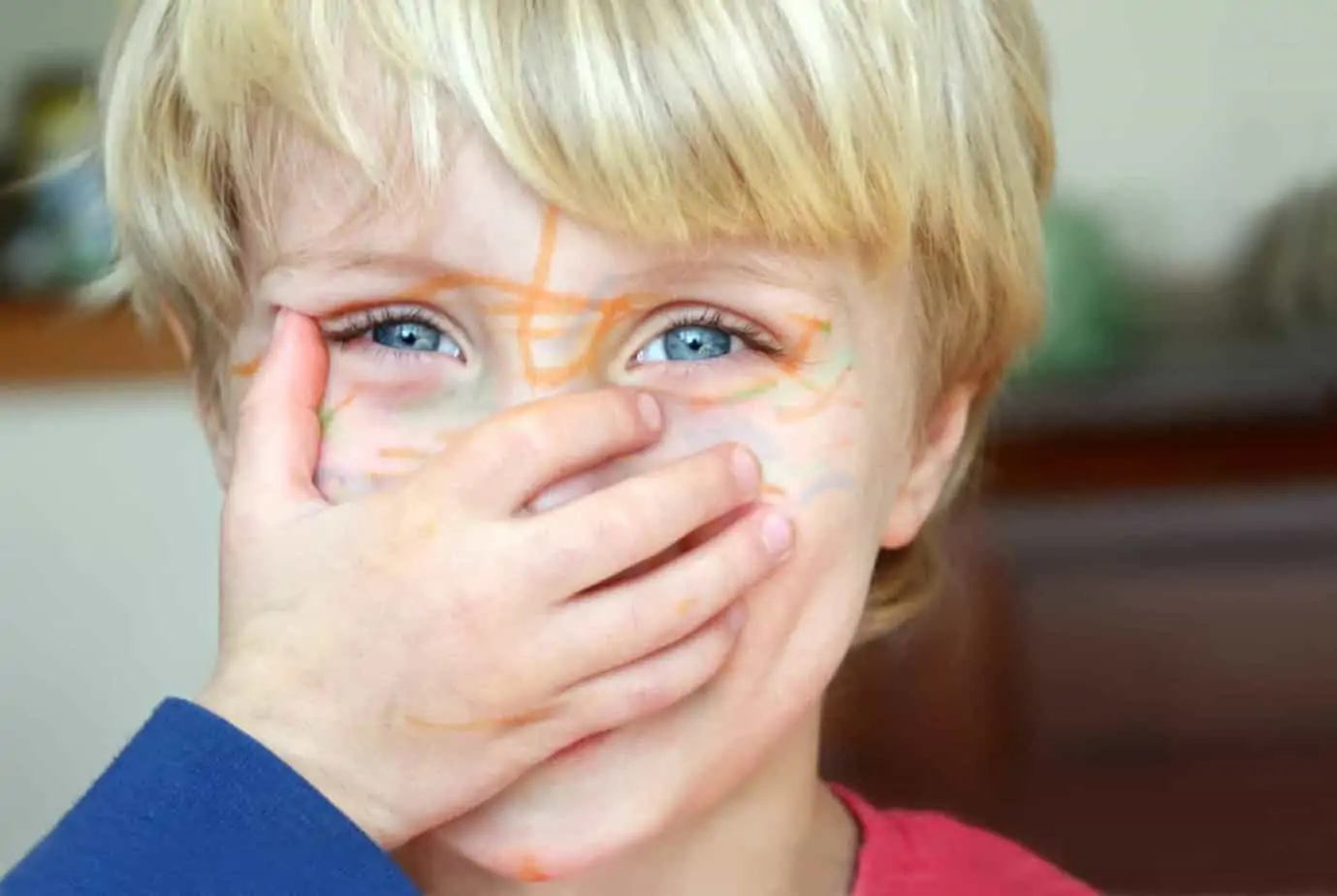
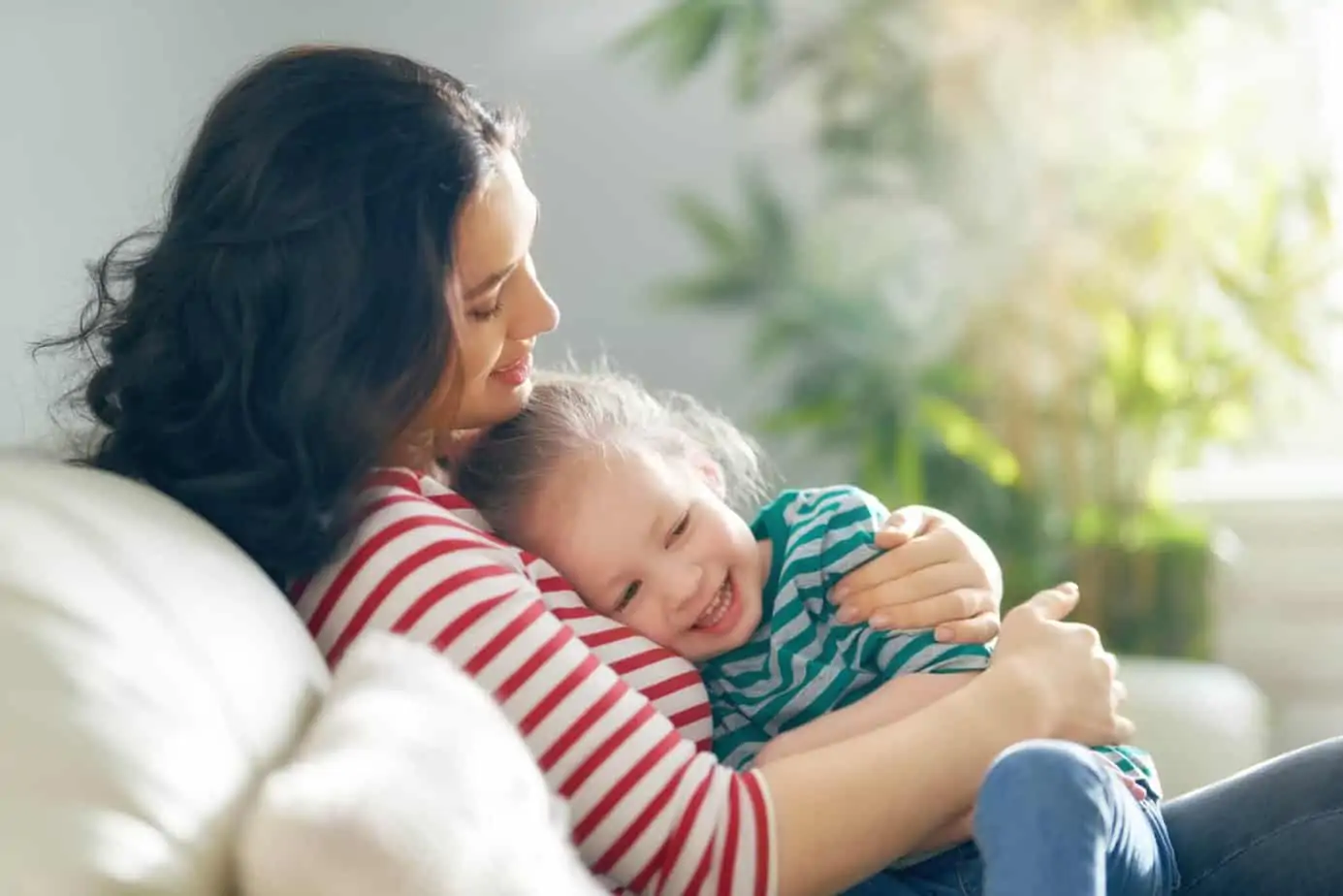
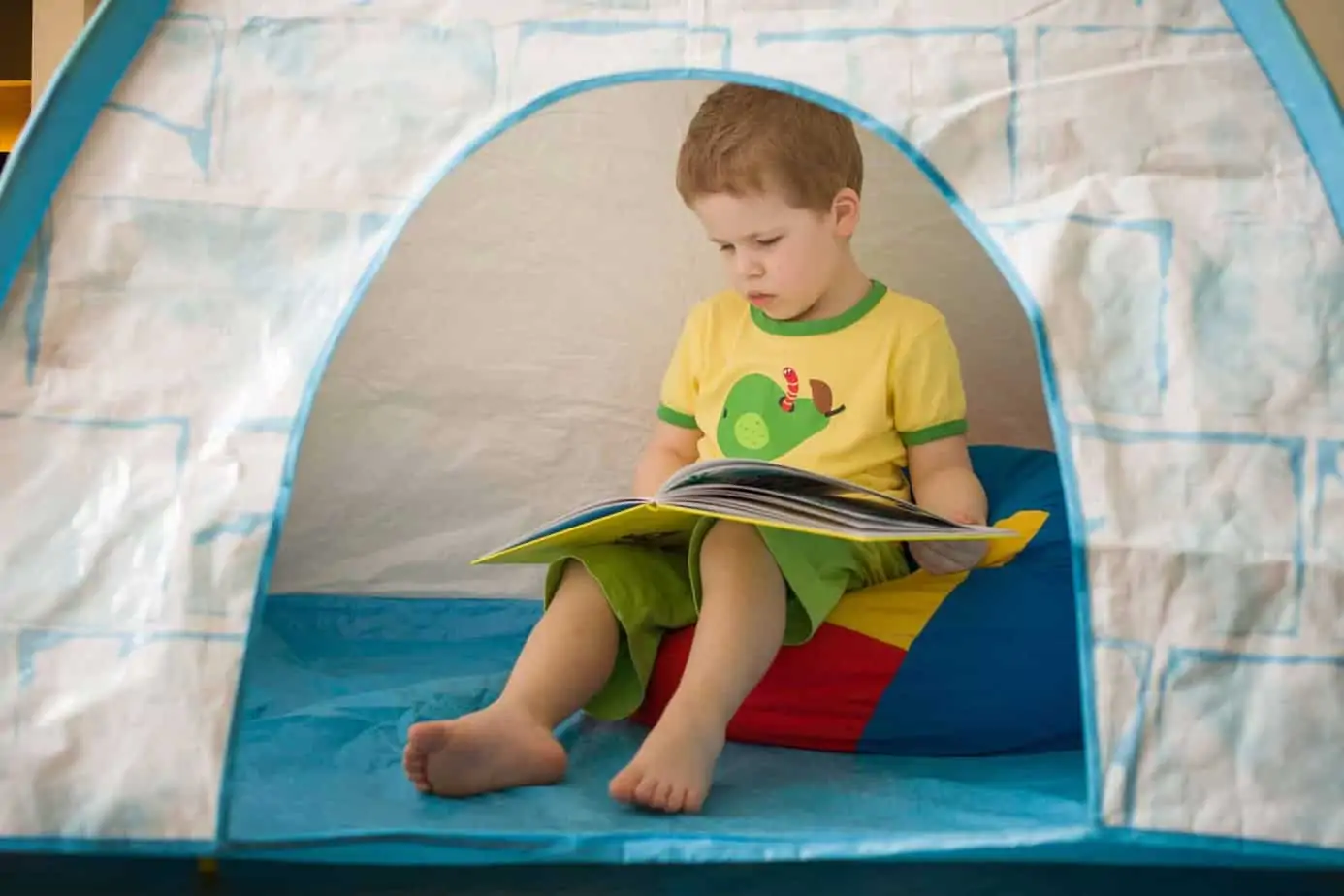
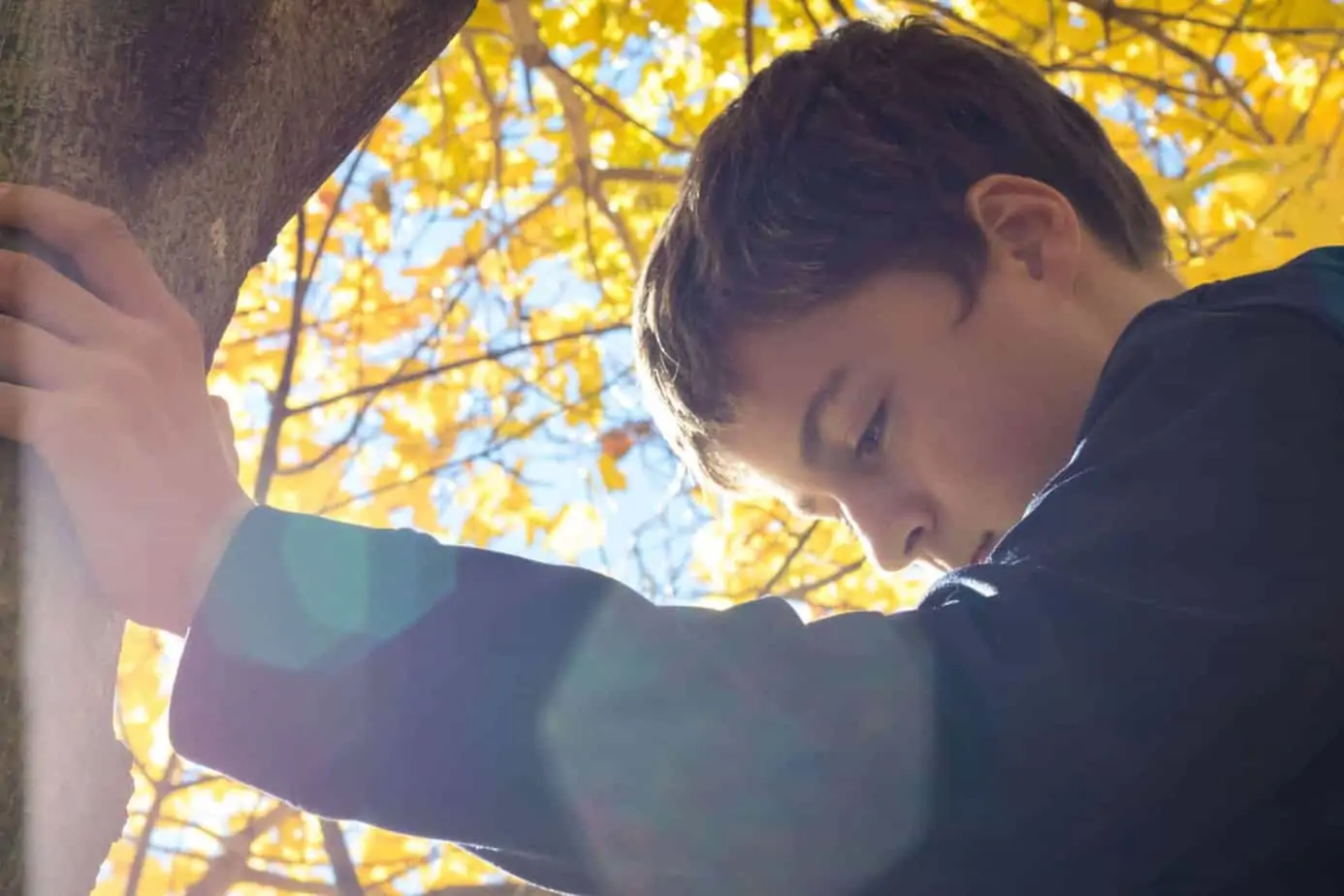

Thanks for sharing. This is so informative. I saved it to my bookmarks for future reference for my 15 months old son
I’m so glad you found it helpful!
My sons have all angry emotions… Shd i just redirect them as hurt? I know you are hurt when he dont share with you? But what i see is anger??